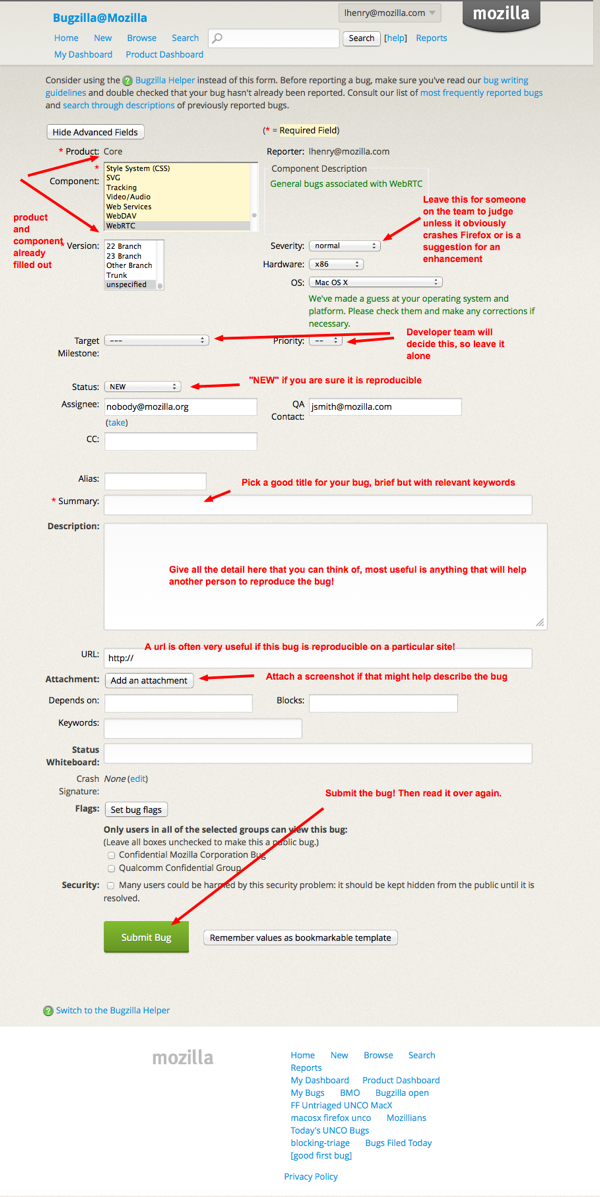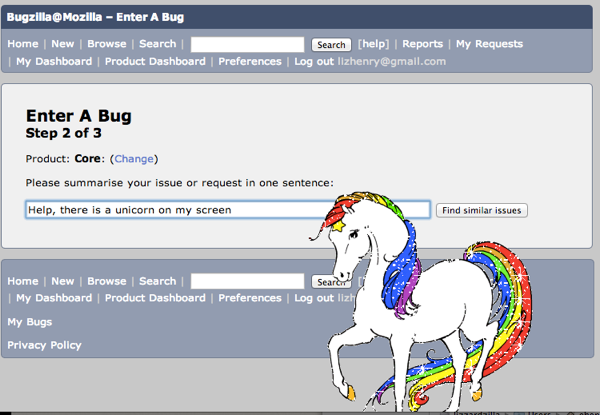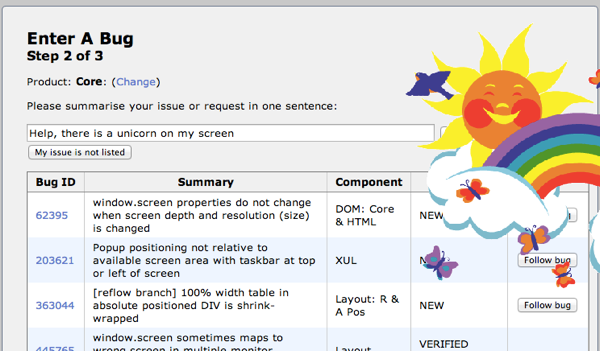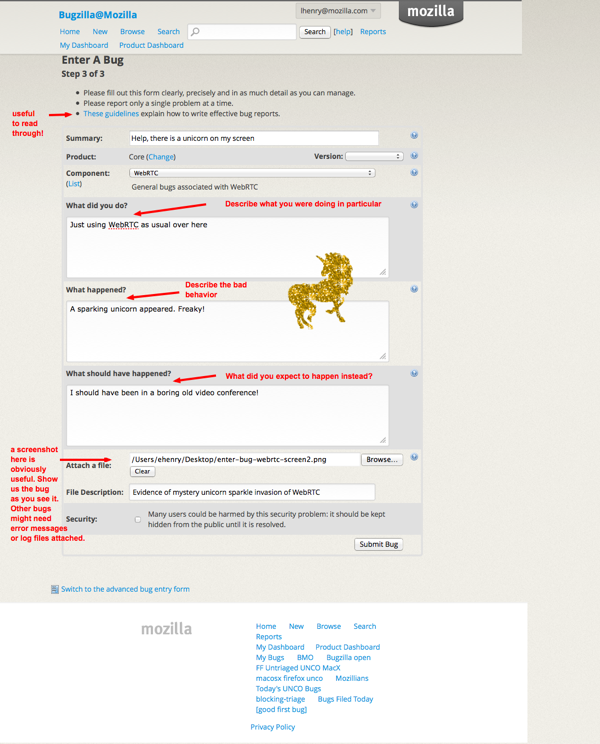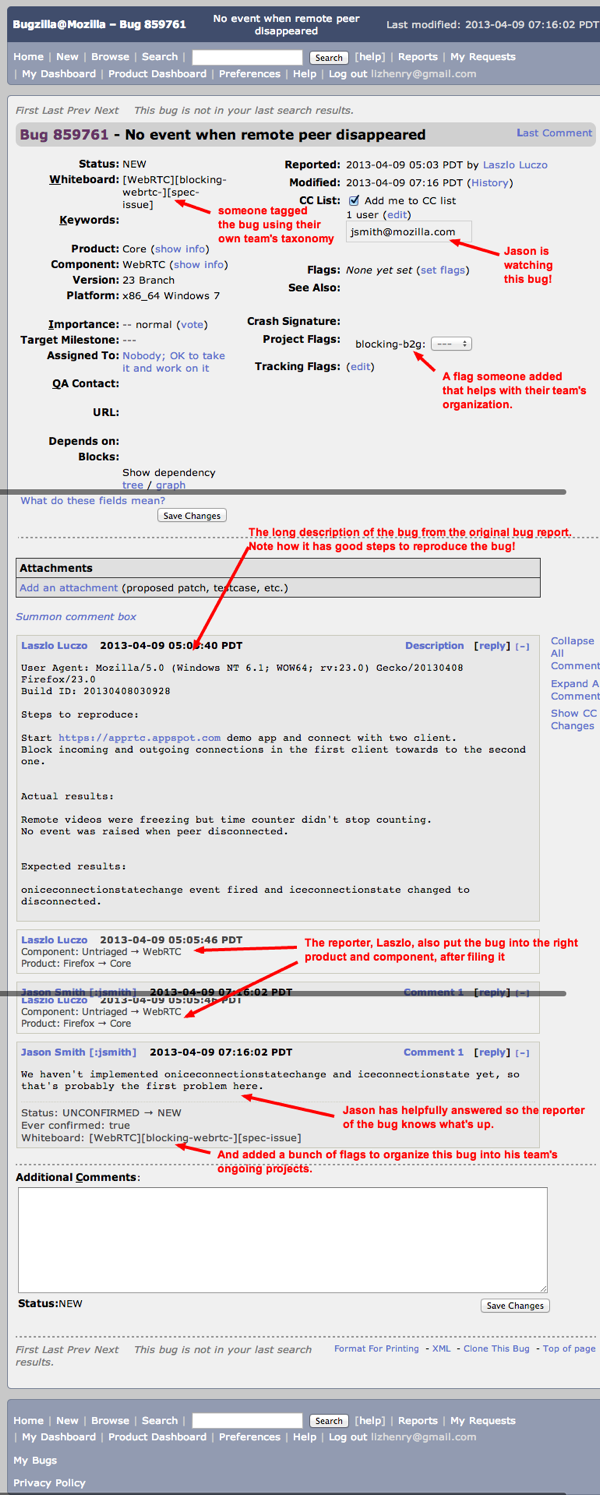Journalists don't understand Wikipedia sometimes
This morning I saw some pissed-off twitters that led me to articles about Wikipedia’s sexist bias. Always up for a little early morning smash-the-patriarchy outrage, and well aware of some of the clusterfucks that often play out in Wikipedia admin pages, I forged onwards and read the articles, flaring my nostrils in anticipation. In Wikpedia’s sexism towards female novelists Amanda Filippachi points out that many women tagged with Category: American women novelists aren’t tagged with Category: American novelists. She named several examples. Katie Mcdonough from Salon picked up on this, with Wikipedia moves women to American Women Novelists Category Leaves Men in American Novelists.
Even the most cursory googling shows that this is not a very accurate spin. For example look at Amy Tan, Donna Tartt, and Harper Lee, who are named by Filippachi as missing from American novelists. Here is the Donna Tartt article’s history page going back the last 500 edits to 2004. Tartt was never listed as being in Category: American novelist, not because “Wikipedia is sexist” but because no one thought to put that down amid the hundreds of small edits that incrementally improved the article. Until today when someone added “American novelists” to her page, in virtuous activist response to injustice (which I respect, actually). “Category: American women novelists” was never on Tartt’s page.
Okay, how about Amy Tan. The last 500 edits for Amy Tan’s page go back to 2008. Category:American women novelists was not ever on Tan’s page, but American novelists was added today.
Harper Lee’s history, on the other hand, shows an edit on Feb. 21 removing American novelists and adding American women novelists. If you look at the user who made that edit, they often edit categories, and occasionally makes disputed judgement calls, but they appear to be acting alone and from the pattern of their edits, they do many types of edits in several areas, rather than waltzing around sexist-ly removing women from the category of generic human beings, or even novelists.
Just from these three samples, it does not seem that there is any particular movement among a group of Wikipedia editors to remove women from the “novelists” category and put them in a special women category instead. I would say that the general leaning, rather, is to stop people who would like to label women writers as women writers *in addition* to labeling them as writers, claiming there is no need for Category: American women writers at all and that it is evidence of bias to identify them by gender.
When I add writers to Wikpedia because I love their work or find their lives interesting and significant I often am unsure what the trends in categorization currently are. I may add them as Women writers and also American novelists based on looking at a similar writer’s article. If some of the potential categories aren’t there I hope someone will add them.
mmme_hardy on Twitter pointed out to me immediately that the discussion on this topic amongst Wikipedia editors takes place here: Categories for discussion. There is a proposal here to merge “Category:American women novelists” into “Category: American novelists”. The consensus there is to merge the articles, with some people (including me) mentioning the option to merge and keep the category. Merging the category would remove “Category: American women novelists” from many writers’ pages. That also means the page that lists all the pages in Category: American women novelists would no longer exist.
Thus, a well-meaning attempt to include women in the main categorization for American novelists (where many of them were never listed in the first place) may result in women writers no longer being easily identifiable to those who might want to find them. For example if you are looking for Caribbean women writers and they have all been merged into Caribbean writers that might not be a desirable outcome! Filippache mentionsEdwige Danticat being ‘plucked from “Haitian Novelists” and dumped into “Haitian Women Novelists.”’ But I don’t see that plucking happening from the history! Where did that happen!?
Joanna Russ in How to Suppress Women’s Writing lists miscategorization as one of the ways that women’s work is disappeared over time. In this case I am a bit annoyed at the facile reporting that does not seem to take into account the complexity of how information gets added to Wikipedia. If someone can point me to a Category decision from the past where a bunch of editors agreed to remove women en masse from American novelists and put them in American women novelists, go for it, I would appreciate the help in understanding this.
It is much more often the reverse and it would not be too hard to come up with examples — where someone works rather hard on creating a category for Women activists or American anarchist women and then a bunch of other (often male!) editors step in and say that that is sexist and unnecessary and “ghettoizing”. What would be so hard… or so wrong… about listing writers or other people by gender, race, ethnicity or other factor that people who care about identities and identification may want to browse by? Librarians certainly catalogue writers and works that way, and it is extremely useful! I think that the backlash against identity politics is evident here. Yes Wikipedia editors and admins often have systemic bias. In this case the story has been told in an inaccurate way (that I don’t even have time to debunk thoroughly — I am neglecting my day job right now to write this!) and in a way that both discredits reports of actual systemic and individual bias and that harms the visibility of women writers while trying to help that visibility. The sexist thing we should be up in arms about isn’t labelling women as women! It’s the efforts to delete entire categories (like Haitian women writers, for example) because someone has decided that that meta-information is unnecessary “ghettoization”…. the false belief that we should or can be “gender-blind”, “color-blind”, and so on.

